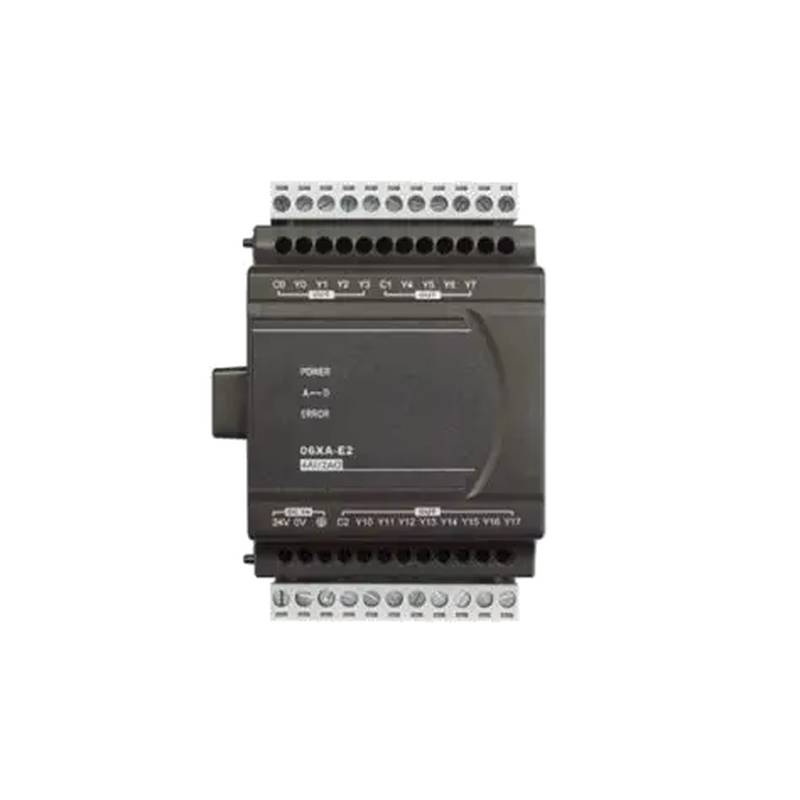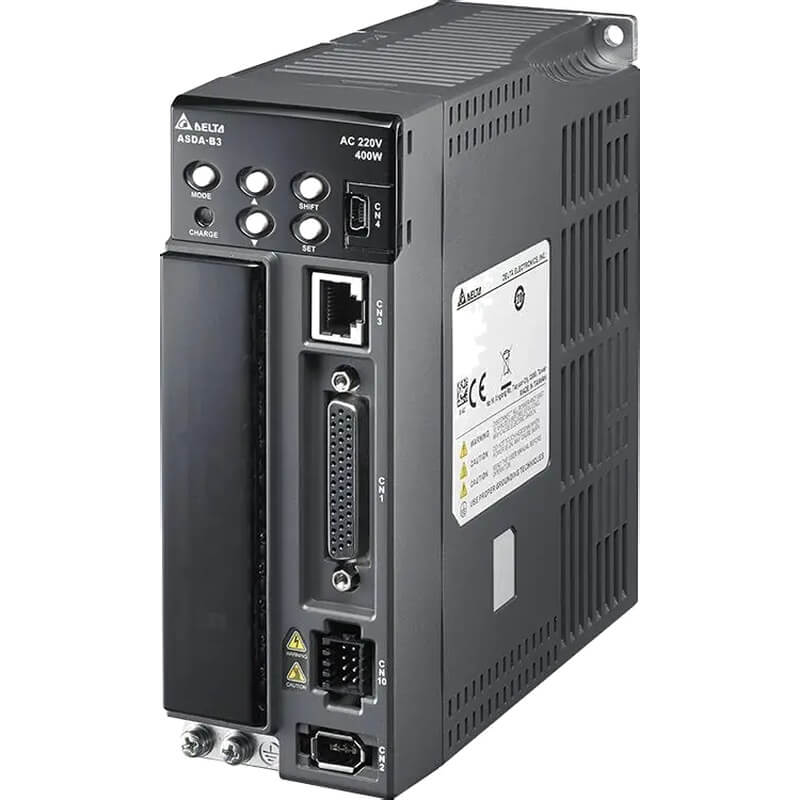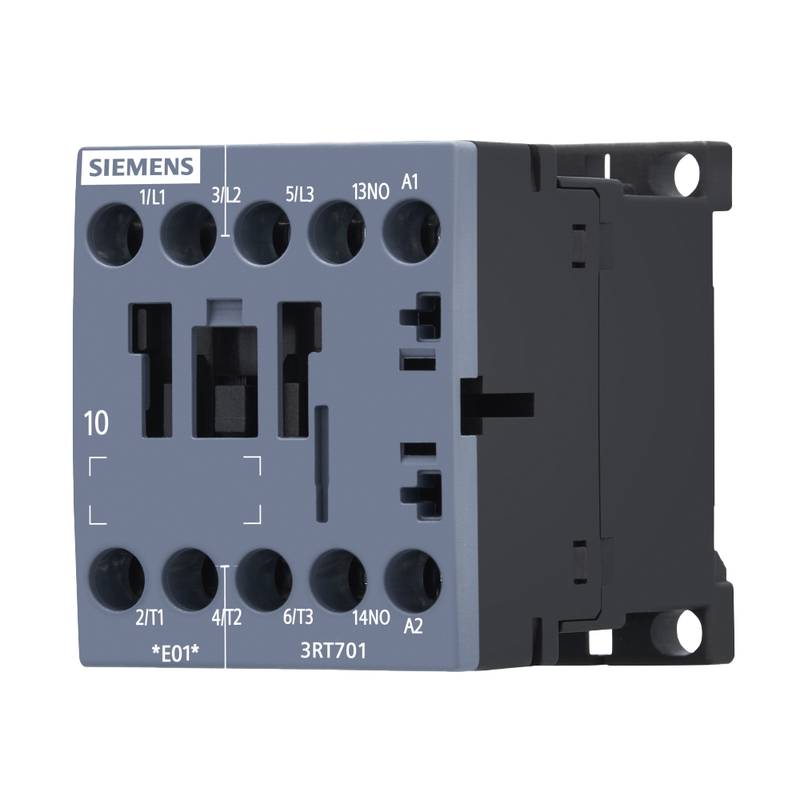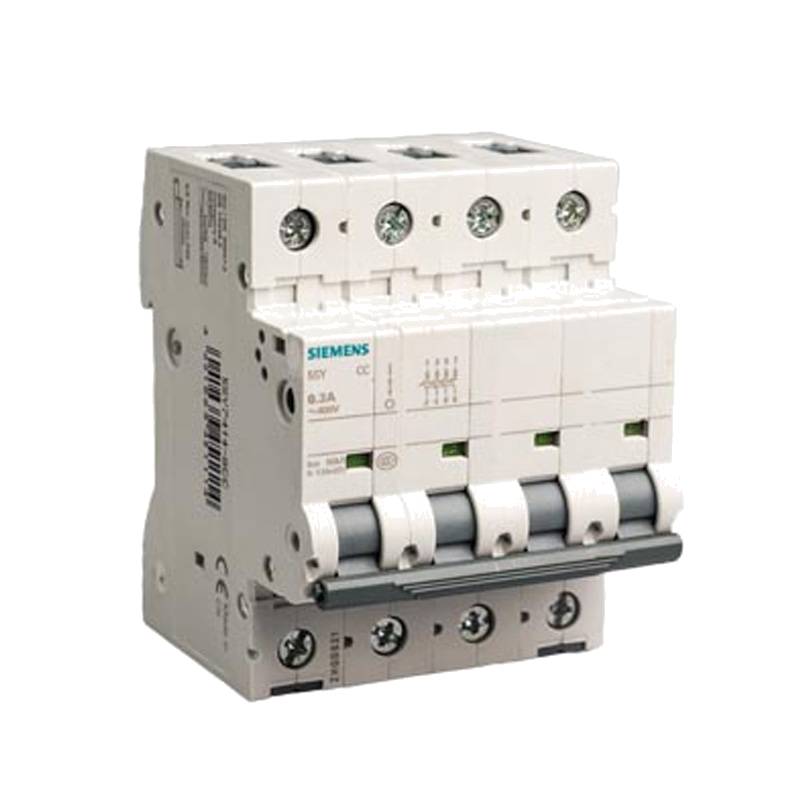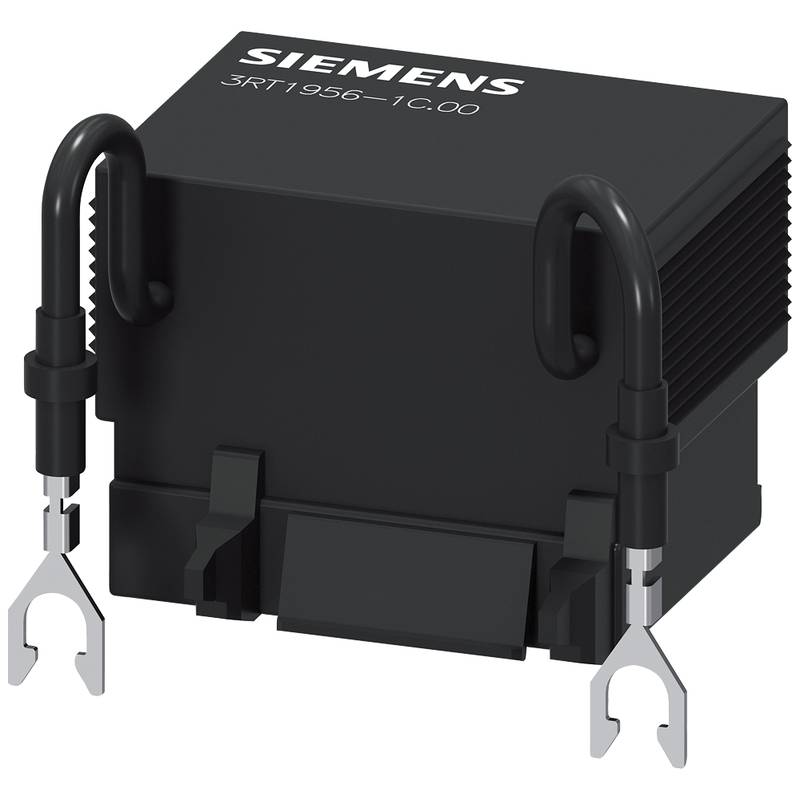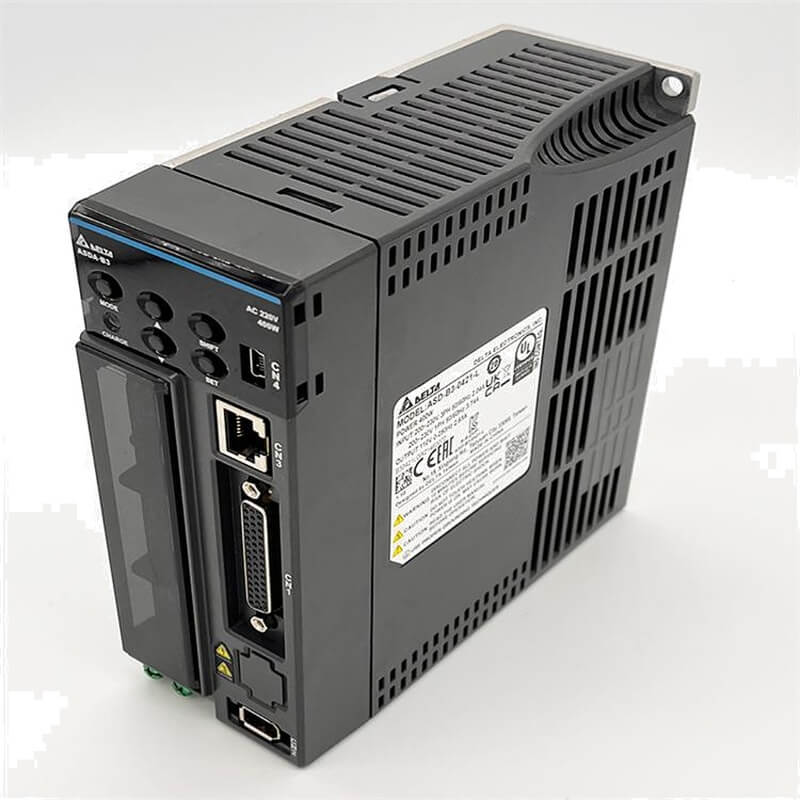
The Delta DVP08XP211T is a high-performance 8-point digital input module designed for industrial automation, offering robust functionality and reliable operation. This module is distinguished by its fast response time, extensive voltage compatibility, and compact design, making it an ideal choice for diverse control applications. Its core features include 8 digital inputs, a 24 VDC operating voltage, and excellent noise immunity, positioning it as a competitive solution in the industrial control market. Key technical parameters include a maximum input frequency of 1 kHz, LED status indication for each input, and DIN rail mounting compatibility, ensuring ease of integration and monitoring.
Product Specifications
| Feature | Specification |
| :--------------------- | :------------------------ |
| Model | DVP08XP211T |
| Number of Digital Inputs | 8 |
| Input Voltage | 24 VDC |
| Input Current | 7 mA |
| Max. Input Frequency | 1 kHz |
| Isolation Method | Photo-coupler isolation |
| Response Time | 10 ms (approx.) |
| Indicators | LED for each input |
| Mounting | DIN rail |
| Operating Temperature | 0°C to 50°C |
| Storage Temperature | -20°C to 60°C |
Core Features & Market Positioning
The Delta DVP08XP211T distinguishes itself through its exceptional input speed, capable of handling up to 1 kHz signals, which is crucial for high-speed counting and precise motion control applications. Its photo-coupler isolation provides robust protection against electrical noise and surges common in industrial environments, ensuring data integrity and system longevity. This module is part of Delta's DVP series, known for its compatibility, flexibility, and cost-effectiveness, allowing seamless integration with other Delta PLCs and automation components. Its compact form factor and straightforward wiring simplify installation, reducing panel space requirements and labor costs, which are significant advantages in competitive manufacturing settings.
Key Application Scenarios
This digital input module is extensively utilized in manufacturing automation, particularly in applications requiring precise signal detection and rapid response. Common scenarios include connecting physical switches, proximity sensors, and encoders to a PLC for process monitoring and control. Industries benefiting from the DVP08XP211T include packaging, textiles, metalworking, and material handling, where reliable input acquisition is paramount for operational efficiency. Examples include controlling conveyor belts based on sensor inputs, monitoring the status of machinery, and implementing safety interlocks.
Practical System Integration Guidance
Integrating the Delta DVP08XP211T into an industrial control system is streamlined due to its plug-and-play design and compatibility with standard PLC programming environments. The module connects to the PLC via a dedicated bus connector, typically requiring no complex wiring for communication. For the digital inputs, a common wiring configuration involves connecting the 24 VDC power source and the sensor signal to the respective input terminals (X0-X7). Ensure proper grounding of sensors and actuators to prevent noise interference. When programming, inputs are addressed directly through the PLC's I/O mapping, allowing for straightforward logic implementation in ladder diagram, function block diagram, or structured text. Always refer to the Delta DVP-PLC User Manual for detailed wiring diagrams and programming examples specific to your PLC model.
Operation and Risk Mitigation
Operating the DVP08XP211T requires adherence to standard industrial electrical safety practices. Ensure the power supply is within the specified 24 VDC range and observe correct polarity. Overvoltage or incorrect wiring can damage the module. LED indicators on the module provide real-time status of each input, aiding in quick diagnostics. If an input fails to register, common troubleshooting steps include checking the sensor's output, verifying wiring connections, and confirming the input signal level is within the module's detection thresholds. Faults are typically indicated by the absence of the LED illumination for a specific input or erratic behavior logged by the PLC, necessitating a review of the physical wiring and sensor functionality.
Scalability & Long-Term Value
The Delta DVP08XP211T offers excellent scalability as part of Delta's comprehensive DVP series PLC ecosystem. It can be easily expanded by adding more input/output modules to the same PLC base unit, accommodating growing automation needs without requiring a complete system overhaul. Compatibility with various Delta HMI panels and SCADA systems facilitates integration into larger monitoring and control networks. Furthermore, Delta's commitment to developing IIoT-ready solutions means that systems incorporating the DVP08XP211T can be readily upgraded to incorporate digital transformation initiatives, enabling remote monitoring, data analytics, and predictive maintenance.
Frequently Asked Questions
What is the maximum input frequency for the Delta DVP08XP211T?
The Delta DVP08XP211T supports a maximum input frequency of 1 kHz. This allows it to accurately capture high-speed signals from devices like encoders or pulse generators. Such high frequencies are essential for precise motion control and counting applications.
This fast response time ensures that rapid changes in the input state are reliably detected by the PLC. It is crucial for applications requiring exact measurement or rapid reaction to external events. Ensure the connected sensors can also operate at this speed.
Understanding this specification helps engineers select the appropriate module for tasks involving rapid events. It guarantees that the module will not miss rapid pulses, maintaining data integrity for critical operations.
How do I wire the Delta DVP08XP211T?
Wiring involves connecting the 24 VDC power and the sensor signal to the module's input terminals (X0-X7). Proper grounding is vital for signal integrity and noise reduction. Consult the specific PLC's manual for terminal assignments.
Ensure the power supply is stable and within the specified voltage range to prevent damage. Incorrect polarity can also lead to module failure. Double-check all connections before applying power.
The module connects to the PLC via a bus connector, simplifying communication setup. Focus on the external sensor wiring to ensure reliable input signal acquisition.
What kind of sensors can be connected to the DVP08XP211T?
You can connect various 24 VDC sensors, including proximity sensors, limit switches, push buttons, and encoders. The module is designed to accept standard digital signals from these devices. Ensure the sensor output voltage matches the module's input requirements.
The photo-coupler isolation provides protection against signal noise common with certain sensor types. This enhances reliability in electrically noisy industrial environments. Verify sensor specifications align with the module's current sinking or sourcing capabilities if applicable.
For encoders, ensure their pulse output does not exceed the module's maximum input frequency of 1 kHz for accurate counting. This compatibility is key for high-speed applications.














